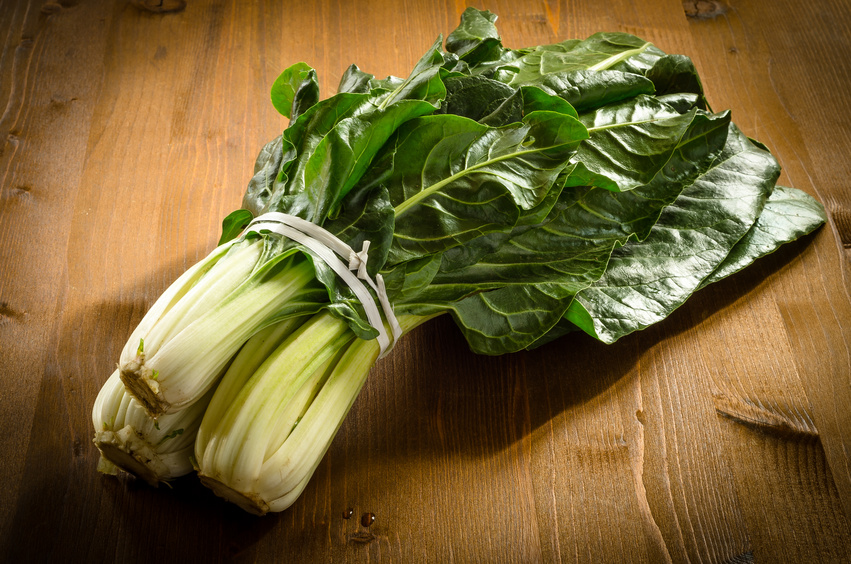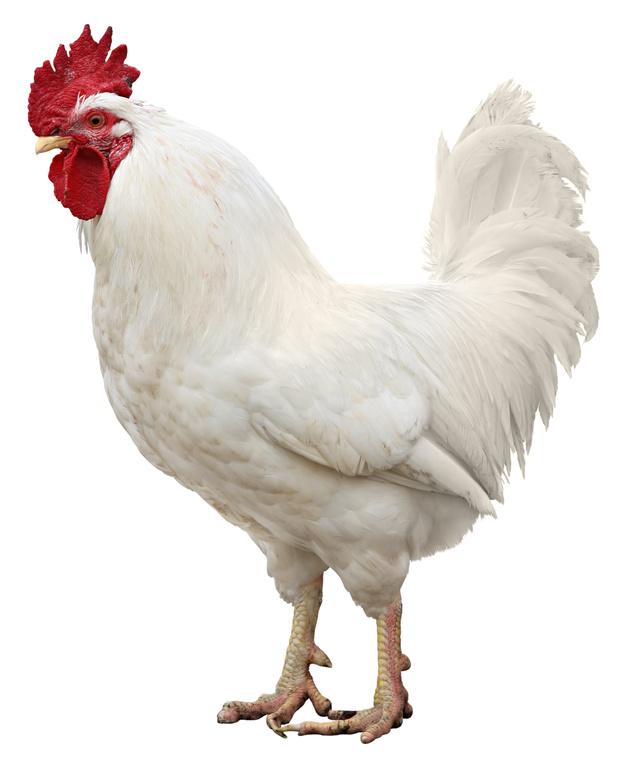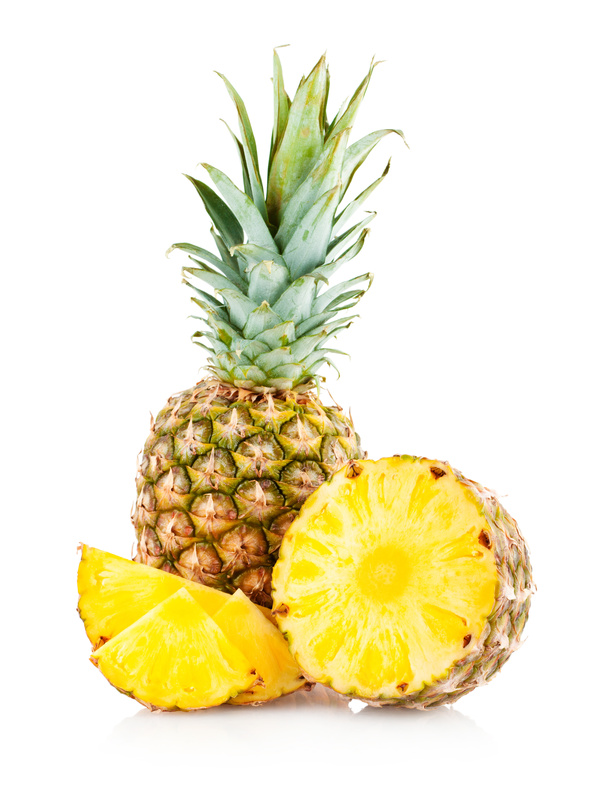
The fact I’ve been including (supposedly) high histamine foods back into my histamine intolerance/mast cell activation diet has been a source of confusion, contention and downright anger to some of my readers. Some of the reasons I’ve worked hard to add some of the foods I eliminated over the years are: I learned the hard way that removing foods from my diet left me (over years) depleted essential nutrients, ones that help fight inflammation over the long term, feeling I was a slave to my diet, I was inflamed from eating foods that were low histamine but cause inflammation anyway (more on that below), and histamine food lists can be downright wrong. The understanding that histamine intolerance and mast cell activation are inflammatory conditions and that histamine is only one of many inflammatory mediators involved, totally turned everything around for me.
The process of adding foods back is something that will be individual, but in my case it was basically just working things back a crumb or a drop at a time, over a long period of time. It was long and boring but eventually once my immune system became accustomed to dealing with a multitude of foods and supplements again, it calmed down and accepted things. I remember that adding vitamin B12 spray took months! At times I’ve gone way too fast and totally shot myself in the foot, and sometimes my immune system planted its feet in the ground and shouted “no”.
This happened quite a bit when I was working my way up from the five foods I was down to (one of the many dangers of long term elimination is that the immune system becomes reactive to an alarmingly increasing number of foods) and it was hard to tell when to go for it and when it was just totally inadvisable to continue.
While you should absolutely not try to push through symptoms of food reaction without your doctor’s consent and involvement (because it can be incredibly dangerous) here’s a post I wrote based on research showing that exposing mast cells to small doses of a trigger over a long period will eventually stop them from responding by leaking histamine and other inflammation into the blood stream. Please remember, research on animals is not the same as humans and certainly doesn’t account for our differing situations and co-existing conditions.
I turned 41 this year and decided to freeze my eggs. Boy, that was not fun at all for my body. But you know what? I was so determined to do it that I somehow managed to make the daily shots, blood tests, stress, and surgery manageable by using a variety of stress relief techniques mixed with an incredibly anti-inflammatory diet to boot. My biggest concern was the anaesthesia, which, after consulting with a mast cell specialist, involved a massive dose of benadryl (my first antihistamine in years) and the post operative pain medications. I chose to forgo the latter in favour of a natural edible THC preparation extracted from organic leaves which managed the pain 100% for me.
We’re all different and the most important thing to know is that what works for me might not for you. There’s just too many variables, and too many co-existing medical conditions that would make no two situations alike.
That’s why I created an online workshop giving you the tools to create your own safe food list and healing plan.
What I can tell you is that the people who have managed it (that I have personally heard from) have generally had these things in common (before starting to add stuff back):
They exercise regularly (lowers inflammation)
They’re meditating or practicing stress relief techniques daily and sometimes at the dinner table (more on that here)
They have a generally positive outlook on life and healing
They have realistic expectations regarding how long this is going to take (i.e. years not months)
And, in my opinion, most importantly…
They’re adding back very nutrient dense foods with lots of anti-inflammatory or anti-histamine benefits
I would never, ever work to re-introduce a junk food, or any food that’s not significantly healing me in some way. I worked hard to be able to cheat on my diet (in the old days before embracing a more balanced approach) with dates, cacao and walnuts, rather than being happy that I can eat a Krispy Kreme once a month without issue (I can but don’t).
Please remember, we’re all different and may be dealing with more than one issue. Those with mast cell activation or mastocytosis rather than a simple lack of the histamine degrading enzymes DAO and HNMT (what people call histamine intolerance) will often (if not always) require medications and may be told to avoid their triggers (very sensible if symptoms are bothersome).
So, with all that in mind, here are some (not all) of the high histamine foods I still include in my diet (but not necessarily in my books).
Turmeric
This is a tricky one really. On the one hand turmeric may block the DAO and MAO enzymes in the gut, but it has significant antihistamine and anti-inflammatory properties. How is it possible it can block the histamine degrading DAO enzyme and still be antihistamine? Well, DAO is one of the ways histamine is eliminated from the body, but blocking the H1 and H2 histamine receptors in various organs in the body is also useful as is preventing mast cells from dumping their histamine cargo into the body. There’s just so many factors with so many aspects of histamine disorders that I’m always wary of absolutes. Life and nature can be wishy-washy…Turmeric is highly cancer preventative, something of utmost concern to me since my father died of cancer at my age and I have no idea of cancer genes on that side of the family. While epigenetics is absolutely the way forward, genes do play a part.
Mushrooms
Super potent anti-cancer food, amazing meat substitute, highly anti-inflammatory, these are a mainstay of my diet. I remember tucking into an order of wild mushrooms in a garlic sauce after my first one week meditation retreat and gleefully dancing around in the street afterwards when I had absolutely no reaction to them. I had never actually bothered to test my reaction to them. I just cut them out the moment I read about the histamine intolerance diet and never looked back. Dr. Fuhrman, MD and bestselling author of Eat to Live has said that mushrooms should be fine for those with histamine intolerance as long as they’re well washed and cooked. I suspect the mushroom histamine designation may be the mold connection. As you may know, mold is a strong mast cell and histamine trigger.
Nuts
These are a bit of an annoyance. On the one hand I feel no issue with many nuts on a histamine level, but they do bother my bladder, which in my case is usually a problem with oxalic acid. I try to include as many as possible, on a long rotation, because of their nutrients. Almonds were my main source of calcium for a long time, till discovering they were the source of my excruciating vulvodynia.
Sunflower seeds
Vitamin E, vitamin B1 and copper.
Lentils and chickpeas (fall under the legume section)
High in folate, niacin, iron and anti-inflammatory vitamin K. They also contain lectins which can cause inflammation in some. Pressure cooking can greatly reduce them and make them more digestible. Most importantly to me once again, other than the valuable nutrients they contain, is the anti-cancer benefits.
Eggs
While I recently stopped eating eggs recently (only because I’ve rolled back to eating only fish again animal protein wise), I never stopped eating them because of histamine. I came across a study showing that organic eggs from hens that had only been fed organic high omega 3 seeds are not inflammatory. In fact, they now possess anti-inflammatory properties. I think this might have been the key to my not reacting to them over the years because this is exactly the type of egg I have always eaten. Also, duck eggs agreed with me quite a bit. I switched to them for a long time because of their vitamin B12 content (two eggs = over 100% RDA)
Fish
I eat salmon and tuna that is on ice display in supermarkets. That is apparently a big no-no histamine-wise. In an idea world I would see the fish come out of the water. I’ll admit, I do have second thoughts sometimes: I have a google alert set up for histamine poisoning in fish and they are not infrequent. What I have noticed however is that the fish is never from sources that supply Whole Foods and Erewhon supermarkets which is where I buy mine, even if I’m not doing the rest of my shopping there. I only eat these two fish because of their nutrient profile. I consider all other fish, though tasty, to be insignificant nutrient-wise.
Avocado
Ok so this one is a toughie. It falls on a few lists, which is something I try to avoid. The more lists a food appears on, the less likely I am to keep it in regular rotation. That said, I will not turn my nose up at most of them if they are on a restaurant menu and my choices are limited, and I have been known to (quite frequently) throw caution to the wind and just make that avocado/cacao/date raw pudding I love so much.
Coconut
(Doesn’t appear on most lists but many are wary of it)
So this one is more emotional than logical. Having given up so many other things, especially the aforementioned avocado-cacao pudding, I realised I could make excellent desserts with young Thai coconut and that the dry coconut was actually also pretty tasty. I learned the hard way that I could have the coconut once a week, but not more. And that’s the trick. Within the histamine/inflammation bucket there’s lots of other little buckets like glutamine (coconut), salicylic acid, oxalic acid etc. I’ve found it only takes one of the little buckets within the big inflammation bucket to make me spill over symptom-wise. You can read more about that here. So learning how much I could put into the individual buckets allowed me to eat what I want (mostly) without experiencing the symptoms that plagued me for so many decades of my life.
Cacao
This is a tricky one. On the one hand, raw dark cacao has many health benefits, including supporting the thymus gland, which in turn fights inflammation by lowering histamine. But, it’s fermented and so impairs the histamine degrading DAO (diamine oxidase) enzyme in the gut and it is classes as a histamine liberator. Yet another example of the yin and yang of histamine. Foods that are not high histamine themselves can still cause histamine release in the body, which might be great for people looking to boost their immunity, but it’s generally not great for those already dealing with excess inflammation. Cacao also appears on at least two lists – histamine and oxalic acid, so I compromised and began experimenting with cacao butter. The white stuff has been separated from the fermented bean and is wonderful as a raw chocolate, in baking and in England there’s a raw white chocolate bar available (The Raw Chocolate Company) that’s made with only four ingredients (dairy isn’t one of them thankfully). I’ve been fine with the raw white cacao.
Lemon
Ive never had an issue with lemon, thankfully, because it would have broken me. While there are herbs that do a great job like lemon thyme and basil, they’re just not as accessible. My advice is, as long as you don’t have moderate to severe reactions, is to try things for yourself. But bear in mind, if there’s a reaction today that doesn’t mean there’ll be one tomorrow or next week. It all depends on how full your histamine, salicylate, whatever bucket is on any given day. Really though, when you look at the few charts out there that compare the histamine content of foods, all fruit and vegetables are WAAAAAAAAAY on the bottom end of the histamine content spectrum.
Mustard
I found myself a wonderful organic four ingredient organic Dijon mustard, DeLouis, that has been an absolute revelation. As with all things, I initially made the mistake of thinking I could eat as much as I wanted of it. I now have it once a week or so, in moderation, and it’s been no trouble at all. I tried to make my own mustard. Way too labour intensive when something amazing like this exists. While mustard is listed generally as an allergen, and on some lists as moderately high in histamine (probably because of the fermentation), plants in the mustard family can have antihistamine properties and many of them (if not all) are highly anti-inflammatory and cancer preventing.
It’s finally here! Man Food – a high nutrient antihistamine and anti-inflammatory ingredient filled book geared towards guys, women who love to work out, yoga like they mean it, or just load up on healing nutrients. Features my personal shopping list of antihistamine and anti-inflammatory foods.
The Anti-cookbook and all liquid Anti-Detox Book, don’t treat any conditions, but feature a plethora of the high nutrient antihistamine and anti-inflammatory ingredients that have been instrumental in helping me feed myself on a limited diet. The Anti-cookbook features a four page list of antihistamine and anti-inflammatory foods and comes in regular and Paleo.
The Low Oxalate Cookbook features antihistamine and anti-inflammatory rich recipes.
Don’t miss the Low Histamine Beauty Survival Guide for non-toxic beauty tips, the skinny on histamine releasing (mast cell degranulating) beauty ingredients, antihistamine and anti-inflammatory beauty alternatives and the top brands natural brands I’ve found.
Take a peek at my other low histamine and antihistamine cookbooks for more high nutrient recipes
——–REFERENCES——-
Mahmoudi M1, Ebrahimzadeh MA, Pourmorad F, Rezaie N, Mahmoudi MA. “Anti-inflammatory and analgesic effects of egg yolk: a comparison between organic and machine made. European Review of Medical and Pharmacological Sciences. (2013) Feb;17(4):472-6.
Ykelenstam, Yasmina. The Anti-Cookbook. N.p.: n.p., 2013. Print.
Kulkarni, Sk, and A. Dhir. “An overview of curcumin in neurological disorders.” Indian Journal of Pharmaceutical Sciences 72.2 (2010): 149. Web.
Song, Wei-Bing, Yuan-Yuan Wang, Fan-Su Meng, Qing-Hua Zhang, Jian-Ying Zeng, Li-Ping Xiao, Xin-Pei Yu, Dan-Dan Peng, Lei Su, Bing Xiao, and Zhen-Shu Zhang. “Curcumin Protects Intestinal Mucosal Barrier Function of Rat Enteritis via Activation of MKP-1 and Attenuation of p38 and NF-κB Activation.” PLoS ONE 5.9 (2010): n. pag. Web.

talkhealth Blog
 Research tells us that consuming antioxidant foods at every meal helps us stay out of “oxidative debt”. If you’ve been reading my blog and following a similar diet to mine, you’ll be doing this already (and it certainly explains why I can tolerate higher histamine foods). Here’s what we know about how free radicals are causing inflammation generally, and triggering histamine release from mast cells in the body.
Research tells us that consuming antioxidant foods at every meal helps us stay out of “oxidative debt”. If you’ve been reading my blog and following a similar diet to mine, you’ll be doing this already (and it certainly explains why I can tolerate higher histamine foods). Here’s what we know about how free radicals are causing inflammation generally, and triggering histamine release from mast cells in the body. 



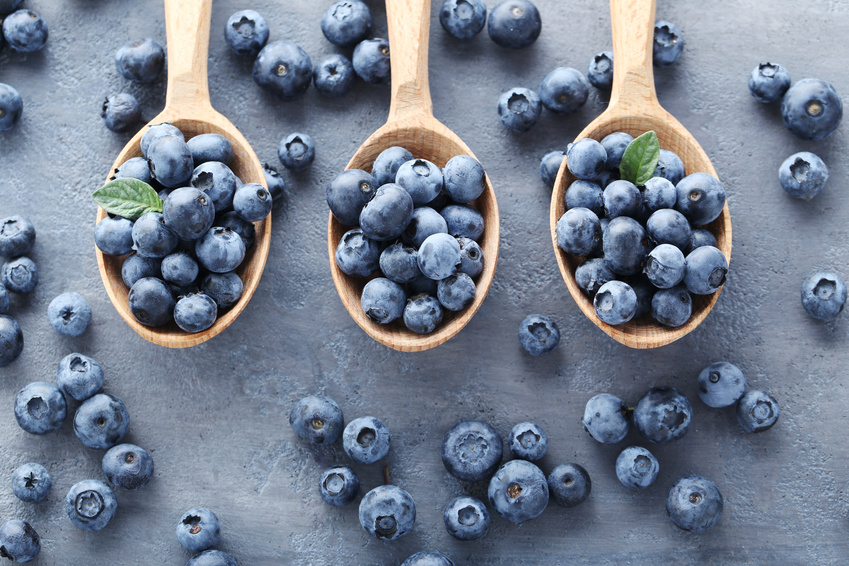 Research tells us that consuming antioxidant foods at every meal helps us stay out of “oxidative debt”. If you’ve been reading my blog and following a similar diet to mine, you’ll be doing this already (and it certainly explains why I can tolerate higher histamine foods). Here’s what we know about how free radicals are causing inflammation generally, and triggering histamine release from mast cells in the body.
Research tells us that consuming antioxidant foods at every meal helps us stay out of “oxidative debt”. If you’ve been reading my blog and following a similar diet to mine, you’ll be doing this already (and it certainly explains why I can tolerate higher histamine foods). Here’s what we know about how free radicals are causing inflammation generally, and triggering histamine release from mast cells in the body. 
 The gut barrier is meant to keep bacteria from our food from crossing into our bloodstream. Histamine, an inflammatory mediator released by mast cells that make up part of the immune system, and also contained in foods, can compromise this barrier, causing intestinal permeability (also known as leaky gut). Foods and bacteria migrating from the stomach to the blood stream are believed to trigger allergies and intolerances, and according to some studies, may contribute to autoimmune symptoms. Probiotics and prebiotic fiber, as well as other mast cell related treatments may be helpful.
The gut barrier is meant to keep bacteria from our food from crossing into our bloodstream. Histamine, an inflammatory mediator released by mast cells that make up part of the immune system, and also contained in foods, can compromise this barrier, causing intestinal permeability (also known as leaky gut). Foods and bacteria migrating from the stomach to the blood stream are believed to trigger allergies and intolerances, and according to some studies, may contribute to autoimmune symptoms. Probiotics and prebiotic fiber, as well as other mast cell related treatments may be helpful. A round up of the latest research reveals that the sleep hormone melatonin can prevent mast cells from activating, thereby preventing the release of histamine and other inflammatory agents into the bloodstream, when they’re not needed. As a bonus, melatonin is possibly beneficial in treating tinnitus, which is something many with histamine intolerance and mast cell activation appear to experience in spades.
A round up of the latest research reveals that the sleep hormone melatonin can prevent mast cells from activating, thereby preventing the release of histamine and other inflammatory agents into the bloodstream, when they’re not needed. As a bonus, melatonin is possibly beneficial in treating tinnitus, which is something many with histamine intolerance and mast cell activation appear to experience in spades. 
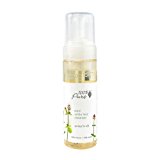


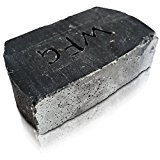

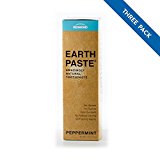
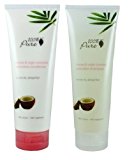
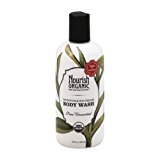
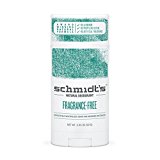
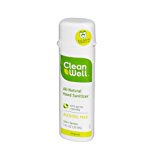
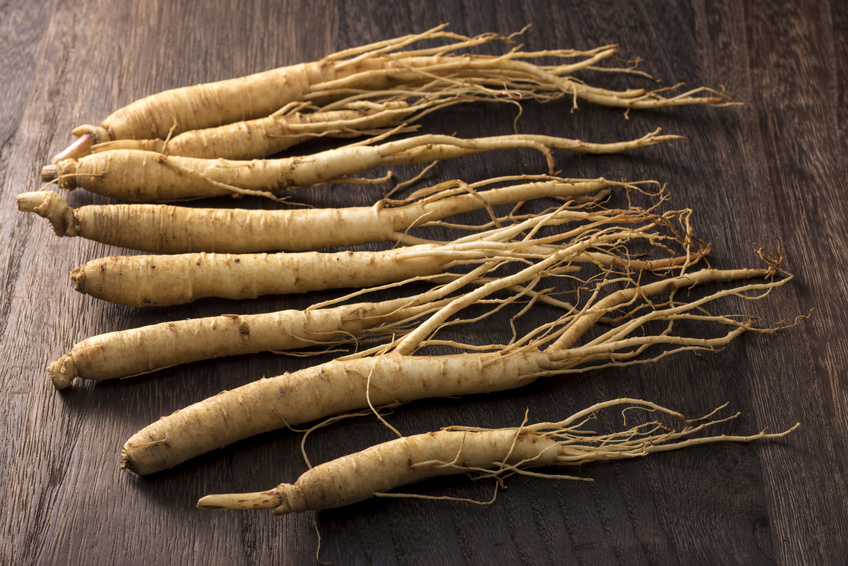 Researchers find that several varieties of ginseng can lower histamine levels and stabilise mast cells (a key component of the immune system), preventing them from releasing histamine and other inflammation into the blood stream. In certain animal studies it has been shown to be as effective at relieving histamine itching as Bendryl. Please remember, what works in animal studies or in test tubes (and for me) might not for you, and anything; any food, supplement, whether it has antihistamine properties or not, can still hurt us. So please make sure to check with a doctor and researching all contraindications before trying anything new.
Researchers find that several varieties of ginseng can lower histamine levels and stabilise mast cells (a key component of the immune system), preventing them from releasing histamine and other inflammation into the blood stream. In certain animal studies it has been shown to be as effective at relieving histamine itching as Bendryl. Please remember, what works in animal studies or in test tubes (and for me) might not for you, and anything; any food, supplement, whether it has antihistamine properties or not, can still hurt us. So please make sure to check with a doctor and researching all contraindications before trying anything new.

